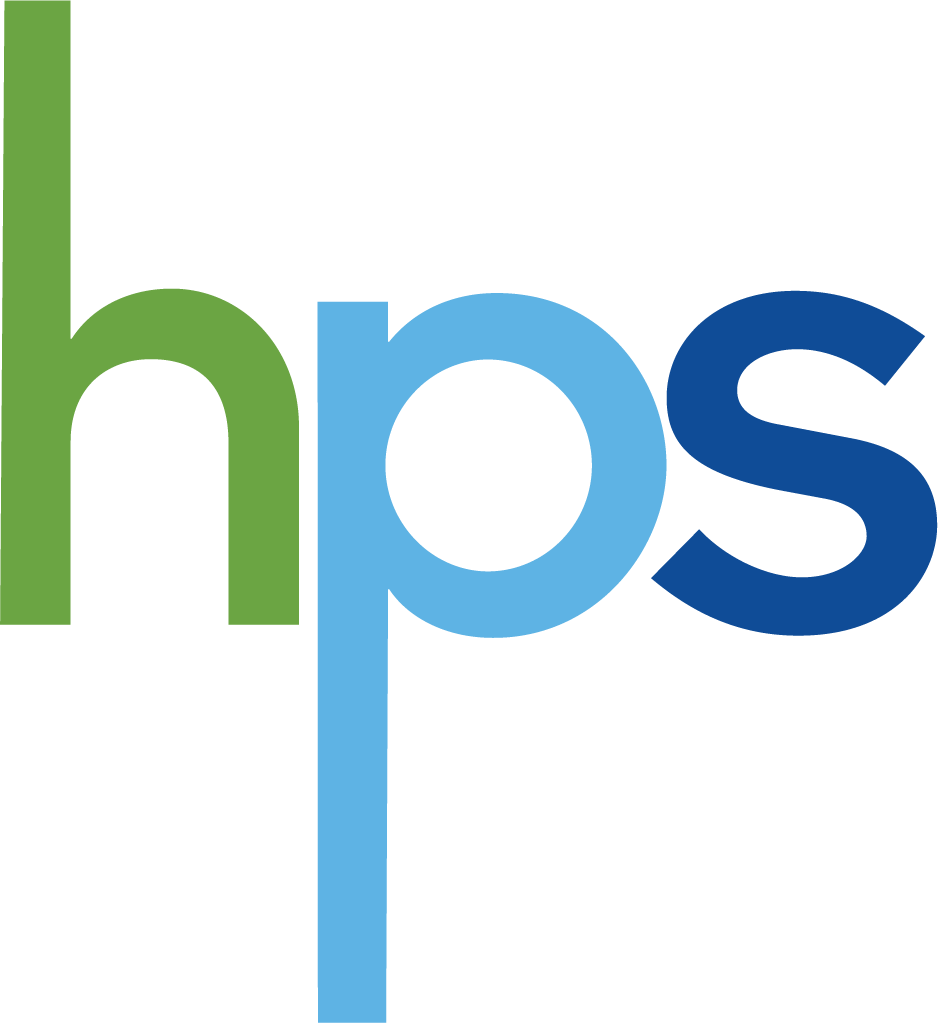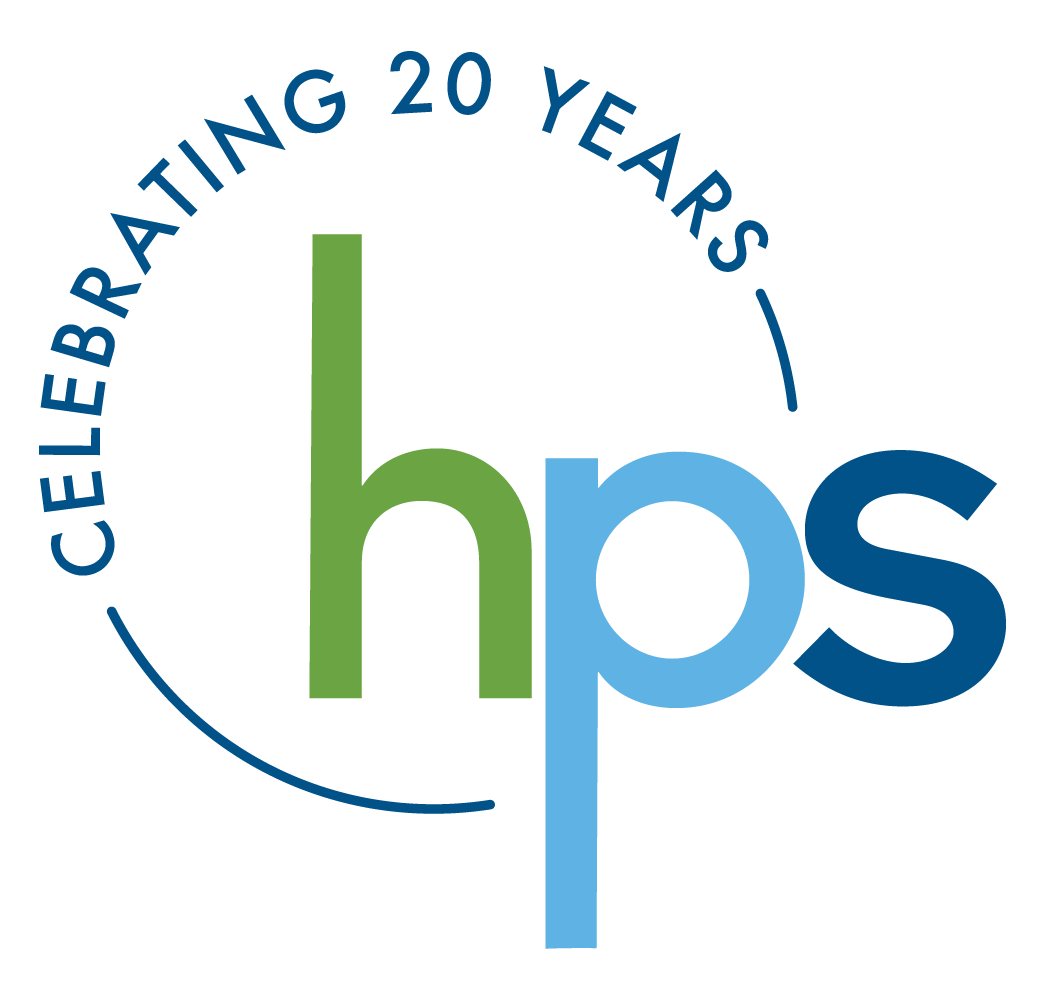U.S. Maternal Mortality Ranking Drives Two New Standards From The Joint Commission Part 2
U.S. Maternal Mortality Ranking Drives Two New Standards From The Joint Commission Part 2
Part 2 of 2: The Joint Commission Standard PC.06.03.01 Reduce the likelihood of harm related to maternal severe hypertension/preeclampsia.
In response to the U.S. ranking of 65th out of industrialized nations in maternal mortality, the Joint Commission developed two new standards based on recommendations from technical advisors, clinicians, and administrators as well as an extensive literature review. Both of these standards address prevention, recognition, treatment and education to improve maternal outcomes. While improving outcomes is a goal every organization will support, we feel these standards may also offer the opportunity to reduce potential liability and litigation.
Additionally, in an era of public concern over escalating healthcare costs, a further incentive to initiate this standard is found in the 2019 ACOG Practice Bulletin 202: Gestational Hypertension and Preeclampsia which notes that in 2012 the combined maternal and infant estimated cost of preeclampsia within the first 12 months of delivery was $2.18 billion.
We addressed the first standard: Reduce the likelihood of harm related to maternal hemorrhage in “U.S. Maternal Mortality Ranking Drives Two New Standards From The Joint Commission.” There are six elements of performance in the second Joint Commission requirement: "Reduce the likelihood of harm related to maternal severe hypertension/preeclampsia."
Element 1 – Assessment and Identification: Written, evidence-based procedures, developed by a multidisciplinary team, for blood pressure measurement, including criteria based on recommendations from national organizations to define severely elevated blood pressure. Incorrect cuff size, patient positioning and frequency of measurement can lead to a lack of treatment and the discharge of patients with elevated blood pressure.
Element 2 – Management: Written, evidence-based procedures, developed by a multidisciplinary team, to address the management of both pregnant and postpartum patients with severe hypertension/preeclampsia (SH/P) to prevent delay in treatment and adverse maternal outcomes. This includes immediately available emergency response medications on the unit, seizure precautions, and criteria for required team debriefing. Additionally, guidance on consultations, transfers, the use of continuous fetal monitoring, and the consideration of emergent delivery needs to be addressed in the procedures.
Element 3 – Education: Role-specific education of the SH/P procedures, provided at orientation, when there is a procedure change or every two years, for all staff and providers who treat pregnant/postpartum patients. Of significance, this includes Emergency Departments, even if they do not provide obstetrical services, where patients with signs and symptoms of SH/P may present for care after delivery. Simulations are encouraged but not required.
Element 4 - Drills: Multidisciplinary drills are to be conducted at least annually to practice skills and identify issues, weaknesses, and opportunities for improvement. The participation of as many multidisciplinary members as possible in these drills is crucial to assess the level of proficiency.
Element 5 – Case Review: SH/P cases selected by hospital-established criteria must be reviewed to highlight successes, find errors, and identify improvement opportunities to design safe, effective procedures and processes.
Element 6 – Printed Patient Education: To alert the patient to seek immediate care both during hospitalization and after discharge, the hospital must provide printed education to patients and families regarding the signs and symptoms of SH/P. Patients should understand their SH/P diagnosis and pregnancy history to ensure the correct diagnosis and treatment.
The complete prepublication version of this standard is available online until June 30, 2020. The new standard will appear in the Joint Commission’s “Provision of Care, Treatment and Services” chapter at PC.06.03.01 in the Comprehensive Accreditation Manual for Hospitals.
Each organization must assess its readiness to meet the requirements of the Joint Commission SH/P standard, the references following each element of performance provide an excellent starting point to modify and/or create compliant procedures, criteria, safety bundles, and education.
Related publications
The 2019 ACOG Practice Bulletin 202: Gestational Hypertension and Preeclampsia provides current clinical recommendations.
The Alliance for Innovation on Maternal Health offers an e-learning tool for staff.
“Consensus Bundle on Severe Hypertension during Pregnancy and the Postpartum Period” offers a detailed patient safety bundle.
The California Maternal Quality Care Collaborative offers an obstetrical hypertension toolkit with algorithms, sample simulations and patient education.


